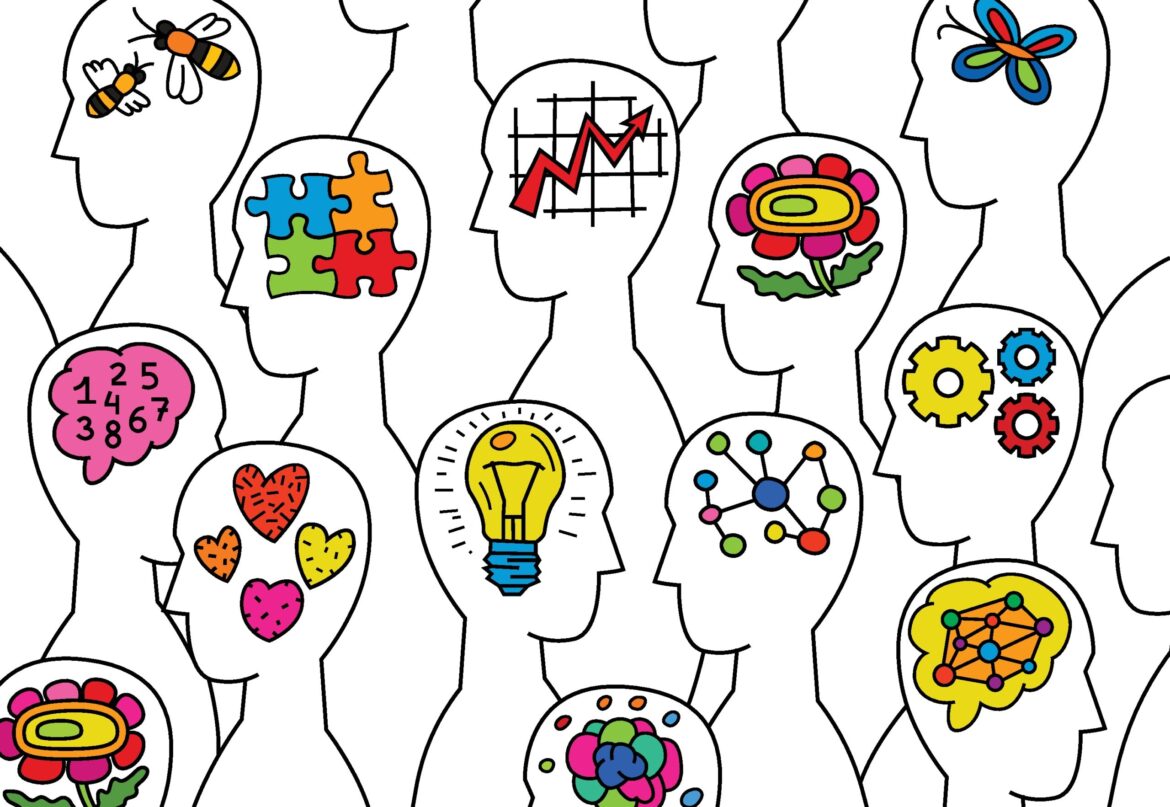The International Dyslexia Association (IDA) has released its 2025 Dyslexia Definition—the first revision since its widely recognized 2002 definition that has guided research, shaped educational policy, informed legislation, and supported countless families worldwide.


The 2025 definition has been revised to be more international, encompassing the biological and environmental influences of dyslexia and expanding the recognition of its secondary consequences, such as challenges to psychological well-being and vocational opportunities. Key changes include moving away from IQ-discrepancy models, recognizing that difficulties exist on a continuum despite effective instruction, and emphasizing the importance of early identification and intervention.
IDA 2025 Definition of Dyslexia:
“Dyslexia is a specific learning disability characterized by difficulties in word reading and/or spelling that involve accuracy, speed, or both and vary depending on the orthography. These difficulties occur along a continuum of severity and persist even with instruction that is effective for the individual’s peers. The causes of dyslexia are complex and involve combinations of genetic, neurobiological, and environmental influences that interact throughout development. Underlying difficulties with phonological and morphological processing are common but not universal, and early oral language weaknesses often foreshadow literacy challenges. Secondary consequences include reading comprehension problems and reduced reading and writing experience that can impede growth in language, knowledge, written expression, and overall academic achievement. Psychological well-being and employment opportunities also may be affected. Although identification and targeted instruction are important at any age, language and literacy support before and during the early years of education is particularly effective.”
Revisingthe definitiontook a rigorous, collaborative process to reflect the latest research and the lived experiences of individuals with dyslexia.
Work began in 2024 through a rigorous, inclusive process led by a Dyslexia Definition Steering Committee, co-chaired by respected experts Dr. Charles Haynes, Dr. Malatesha Joshi, and Dr. Hugh Catts. The committee is composed of practitioners, researchers, and advocates—respected leaders in their fields—and has been supported by more than 100 diverse advisors representing a wide range of disciplines and perspectives in the dyslexia community. The process examined the latest scientific findings, incorporated the lived experiences of individuals with dyslexia, and sought to ensure the revised definition is international in scope, research-based, and accessible.
The revised definition was shaped by public comment. Educators, parents, researchers, policymakers, individuals with dyslexia, and other stakeholders were invited to review the proposed definition and provide feedback. Public input helped to ensure the final definition is clear, inclusive, and meaningful for all those it aims to serve.
To explore the definition in greater depth, including the scientific and community-based foundations that informed its development, view the IDA Definition Presentation.


